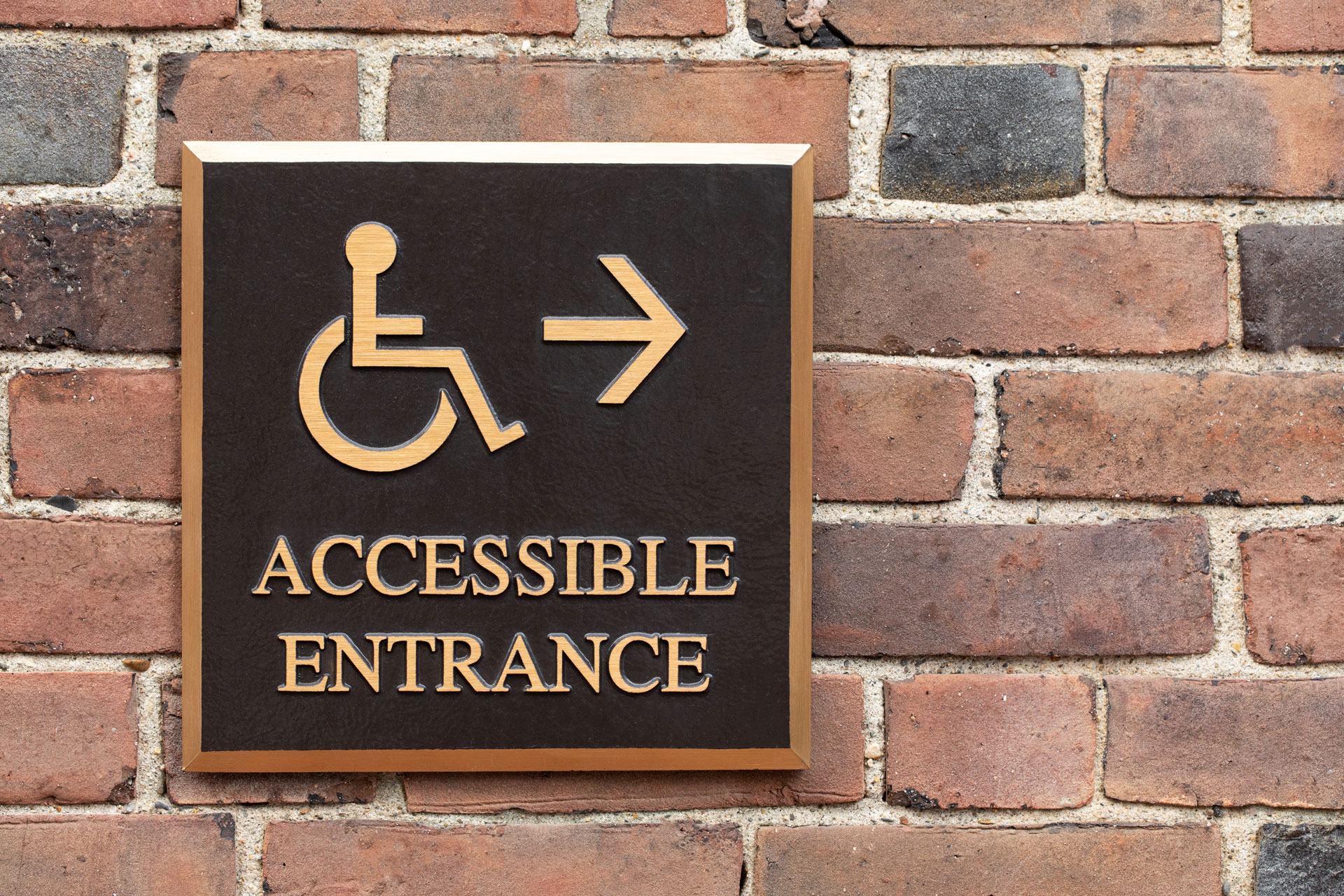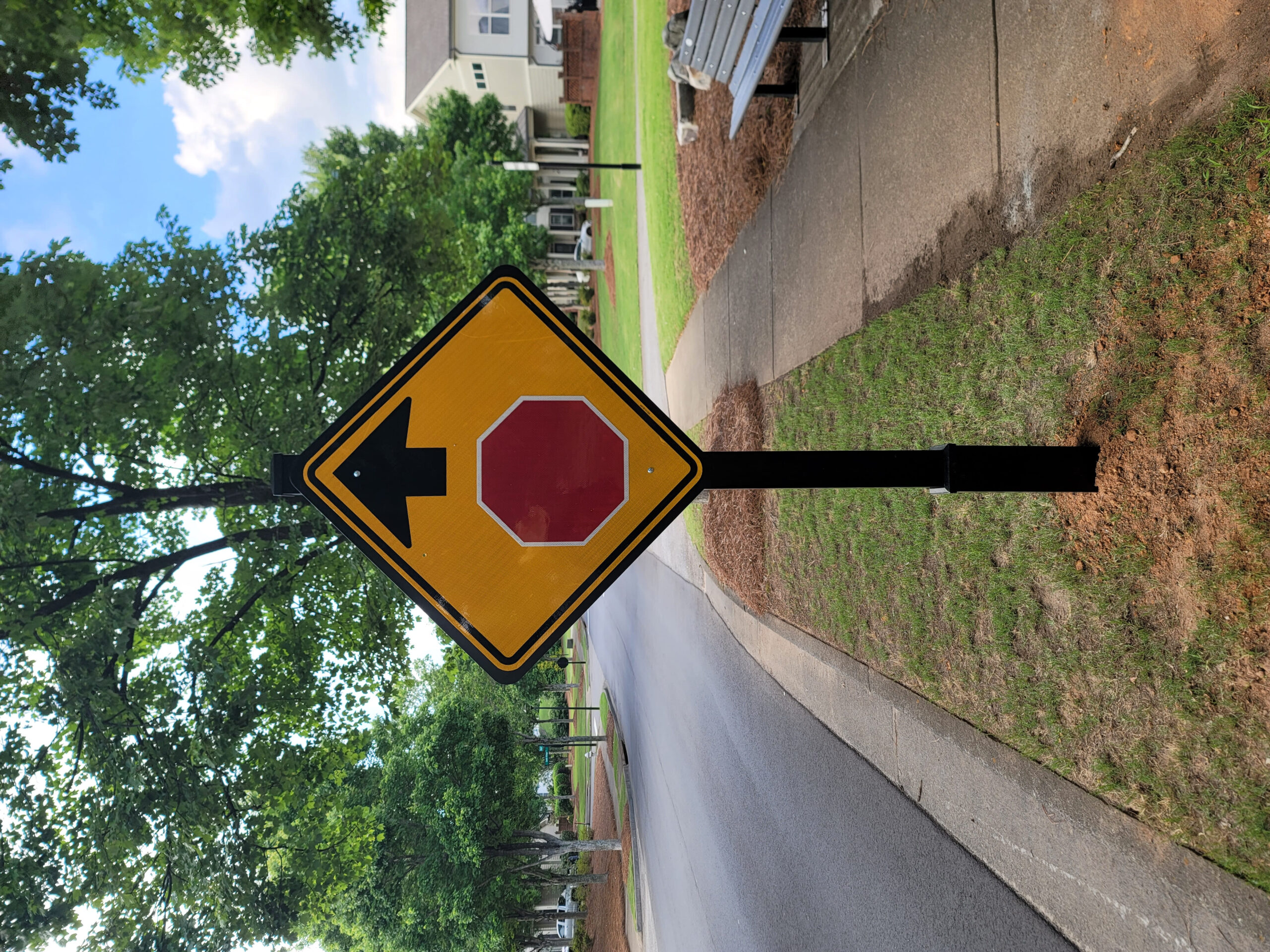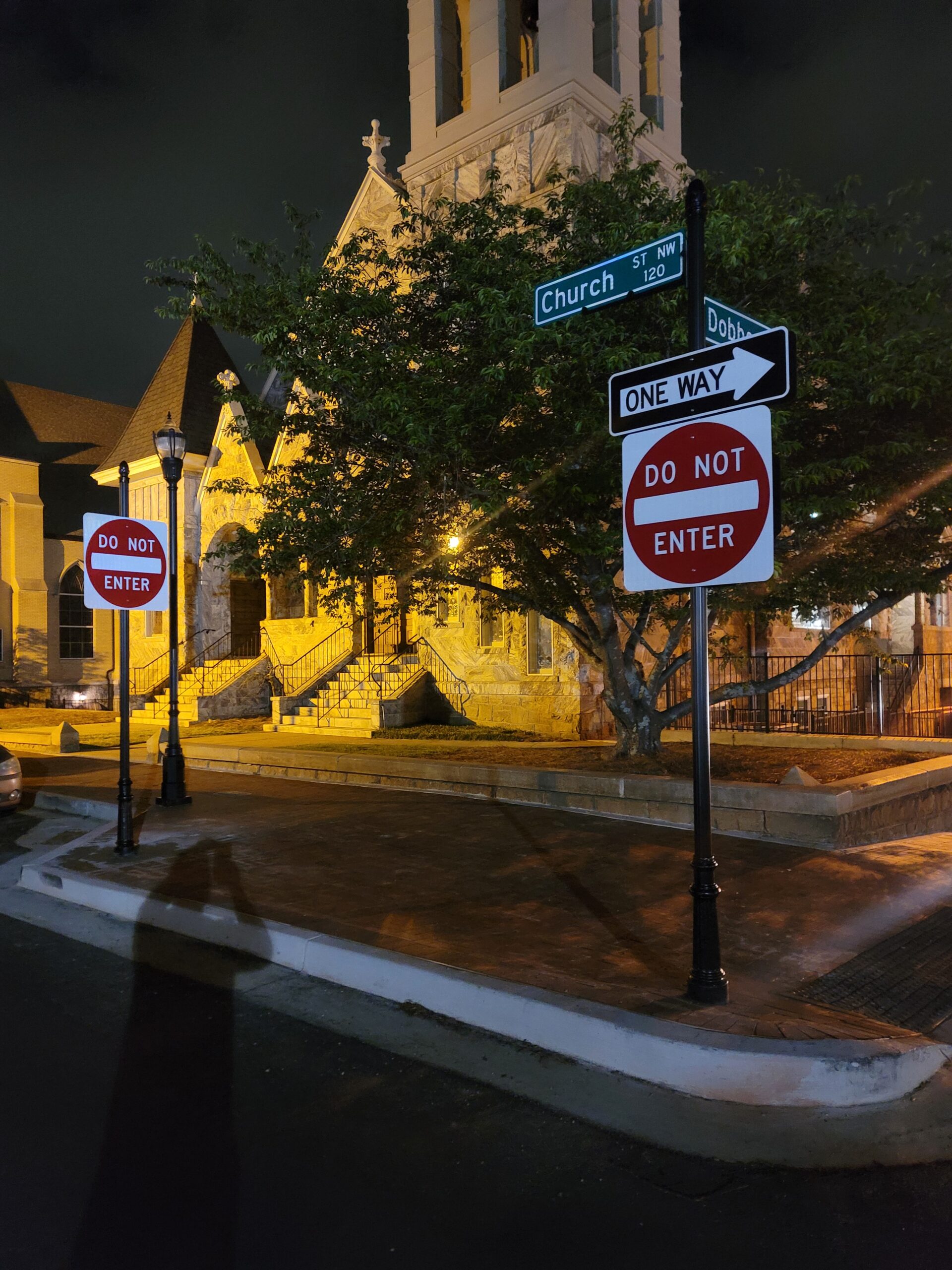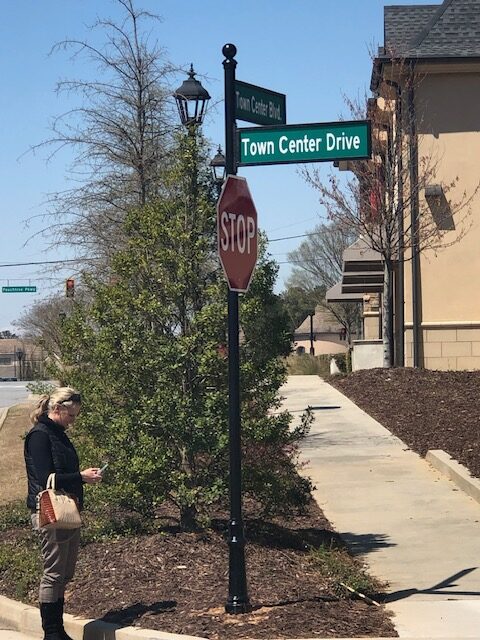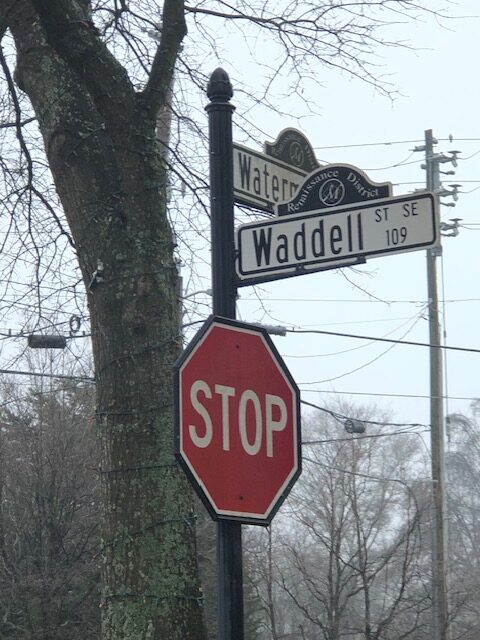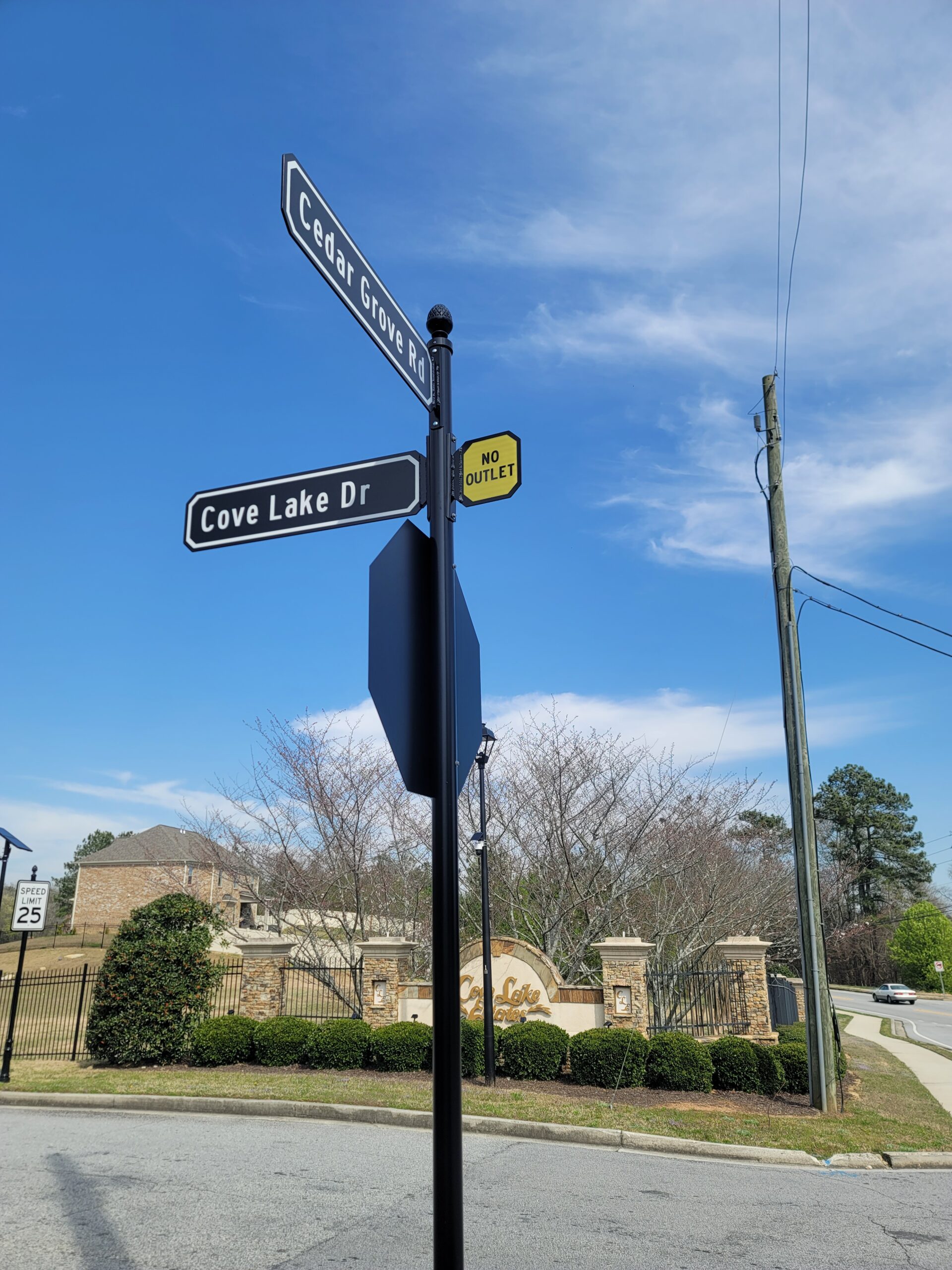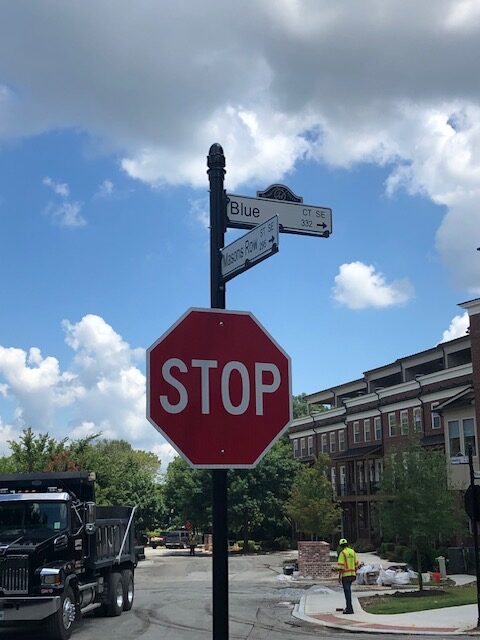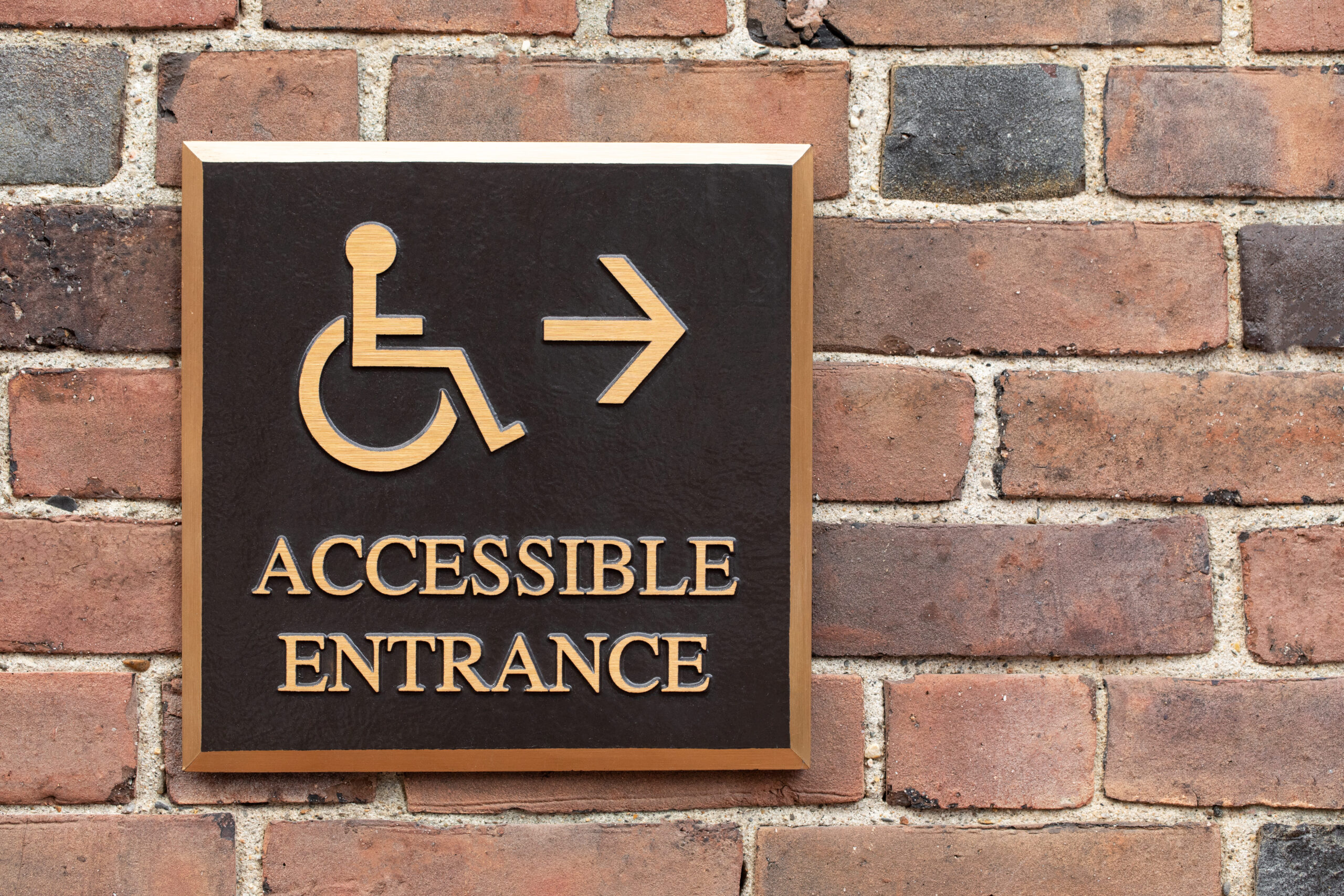Directional Signs
Directional signs are crucial for guiding people and keeping everything flowing in all sorts of situations.
Here are some key points about the different types of directional signs:
Arrow Signs
Arrow signs are super versatile and used for directions everywhere. They come in all shapes, sizes and materials and are suitable for indoor and outdoor use. Common applications:
Directional signs in buildings, offices and public spaces
Outdoor events like weddings, parties and open houses
Road safety and traffic control
Event Directional Signage
Weddings often require directional signage to guide guests. Popular options:
Custom wooden signs with arrows and text like “Ceremony This Way”
Chalkboard or acrylic signs with hand-lettered directions
Creative Directional Signage
To add a personal touch or match a theme, creative directional signage can be used:
Hand-painted wooden signs with unique designs and calligraphy
Signs with floral or natural elements for a rustic or bohemian feel
Customized with names, monograms or inside jokes
Wedding Directional Signs
Weddings require multiple directional signs for different areas like ceremony, reception, parking and restrooms. Popular options:
Wooden signs with arrows and text like “I Do” or “Party This Way”
Corflute signs made from corrugated polypropylene with the couple’s names or initials
Signs with a matching design to the wedding theme and colors
Custom Directional Signs
Many companies offer custom directional signs to suit specific needs and designs. These can be made from wood, corflute, acrylic or metal and printed, engraved or hand-painted.
Open House Directional Signs
For open houses or yard sales, simple and affordable directional signs are best:
Blank arrow signs with stakes for easy placement
Corflute signs with printed arrows and text like “Open House” or “Yard Sale”
Wooden Directional Signs
Wooden signs are rustic and natural so are popular for weddings and outdoor events. Can be customized with paint, stain or engraving.
Indoor Directional Signs
For indoor use, directional signs need to be durable and visually appealing. Popular options:
Acrylic or metal signs with printed arrows and text
Freestanding or wall mounted signs for offices and buildings
Customizable with branding, colors and designs to match the interior
In short, directional signs are available in many materials, designs and styles to suit all needs, from directional to themed events and branding.
Types of Directional Signs
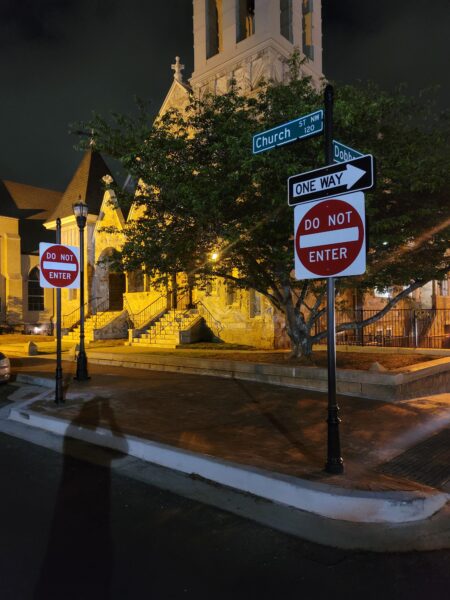
There are four major categories of directional signage:
Signs of identification: These signals point out to specific sites or locations. They are mainly positioned at respective places so as to validate when one arrives at his right destination. For instance,
Distinguishing portals (e.g., “Conference Room,” “Break Room”)
Designated markers (e.g., Accounting, Human Resources”)
Directional signs: These are meant to give direction to individuals moving from one place to another thereby helping them arrive at their intended destinations easily. For example:
Signs showing different places by use of arrows
Colored stripes on floors leading people towards specific departments
A directory that has listings showing locations plus instructions
Informational signs: These are signs which give generalized information concerning a place. They are normally placed in busy traffic areas such as the entrance or lobby. For example;
Facility utilities (e.g., bathrooms, exits, cafeteria)
Compliance signs (e.g., American with Disabilities Act accessibility)
The company’s operating hours, and contact details
Regulatory Signs that communicate the rules governing activities within the area, safety standards as well as identifying who can access it. They are typically conspicuous and unmistakable. Some examples are;
- “No Smoking” signs
- “Employees Only” signs
- Compliance signs (e.g. ADA accessibility)
Effective wayfinding systems typically involve the use of multiple directional signage types, in order to create a unified navigational experience.
The secret is to make sure that your signs are simple, easy to understand and clear enough from a glance. Proper arrangement and uniformity in the signs will help make it easier and safer for people to travel through them.
Benefits of Directional Signs
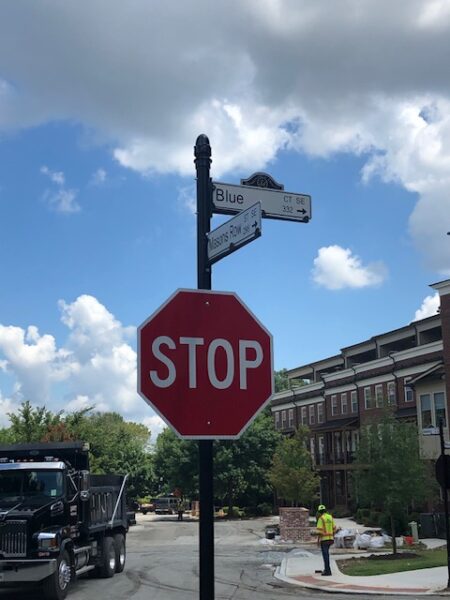
Businesses and organizations get several important advantages from directional signs:
Enhances visitors experience: They ensure that people quickly get to where they are going without any confusion or stress hence enhancing a more positive and welcoming atmosphere for visitors.
Improves safety: They are crucial in emergencies as they direct people towards escape routes, first aid posts and other critical areas which in turn helps increase general safety or assist quick evacuation whenever necessary.
Boosts accessibility. Consequently wayfinding signs that have been well designed create spaces that can be navigated through with confidence not only by people who are disabled but also by everyone else.
Increases efficiency. Their main function is to help people find their way around as quickly as possible thereby saving time which otherwise would be wasted due to delays or ineffectiveness causing operational costs to go high.
Supports branding. Whereby consistent and quality designed signs help emphasize on what a brand stands for in addition forming coherent visual sense for guests
Drives revenue: guiding customers with this type of signage may lead them directly into sales’ booth areas or show new goods collections hence leading into possible increase against revenue.In most cases, it minimizes directions giving by employees
Enhances aesthetic appeal. In between them these well-designed arrows make certain sites more fascinating even as they perform their primary function
Facilitates regulatory compliance: Companies in specific sectors require proper directional sign setups so that safety requirements and universal design standards can be met
Creates positive impressions: The presence of thoughtfully planned wayfinding graphic aids makes visitors believe someone cares about where they are going which might ultimately result into increased customer satisfaction levels as well as customer loyalty over time.
Businesses and organizations can significantly enhance navigation, safety and visitor experience overall by putting up clear strategic placards indicating direction within their premises.
Examples of our Works
Our professional staff can help design your sign and help determine the material, size, color and location of your business sign based on the scope of your event or project. Most projects can be designed and produced within a week. More complex projects will require our expert advice and project management to meet completion deadlines.
Frequently Asked
Questions
What are directional signs?
Directional signs are specialized signage designed to guide people through physical spaces and help them navigate to specific destinations. These signs are tailored to the unique needs of a particular location or organization
Custom wayfinding and directional signs play a crucial role in creating a positive experience for visitors by reducing confusion, improving navigation efficiency, and reinforcing brand identity. When designed effectively, these signs can enhance the overall functionality and aesthetics of a space while providing clear guidance to those who need it.
How much do directional signs typically cost?
Directional signs typically cost between $25 to $150 per sign, depending on the size, materials, and complexity.
Here are some key details about directional sign costs:
For standard road sign panels, the cost is generally $25 to $35 per square foot for regulatory, guide, marker, and warning signs made on flat sheet panels.
Larger guide signs built on extruded frames or panels cost $30 to $40 per square foot.
The posts for directional signs also add to the cost:
U-channel posts (10-14 feet long) cost $100 to $150 each
Square tube posts cost $13 to $20 per foot
Large steel breakaway posts are more expensive at $40 to $50 per foot
Foundation costs vary based on the type:
Simple square tube foundations cost $150 to $250 each
Large steel breakaway post foundations run $1,000 to $1,500 each
For temporary directional signage like banners, costs typically range from $200 to $500.
Permanent directional signs for businesses generally start around $1,000 and go up from there, depending on size and materials.
It's important to note that costs can vary based on factors like quantity ordered, urgency of installation, and local regulations.
For critical directional signs that need immediate replacement (like stop signs), costs can be 3-4 times higher due to rush production and shipping.
When budgeting for directional signs, consider not just the sign itself but also installation costs, any required permits, and potential maintenance needs.
Working with Imagine Sign Company to help ensure you get appropriate, compliant signage for your specific needs and location.

